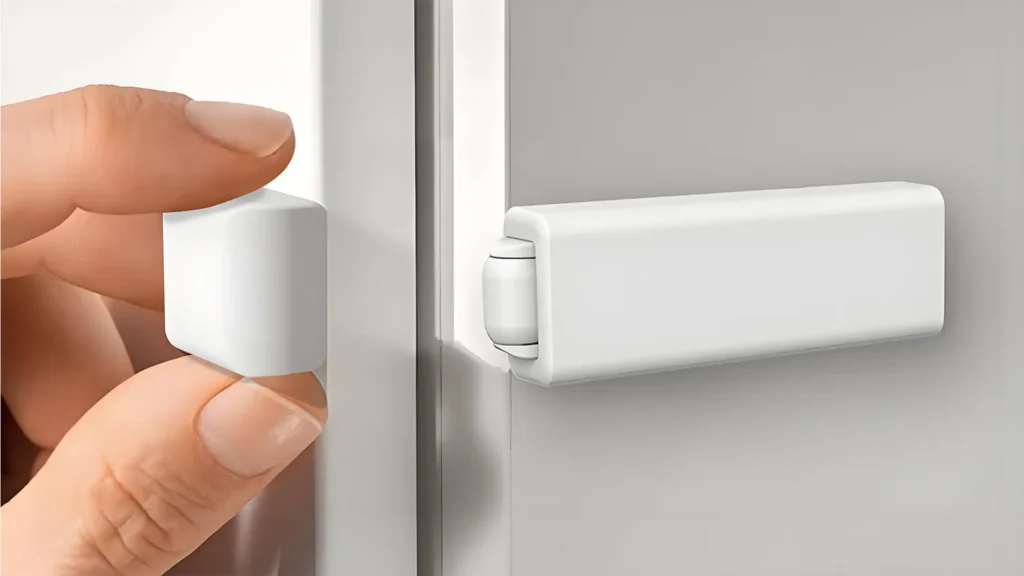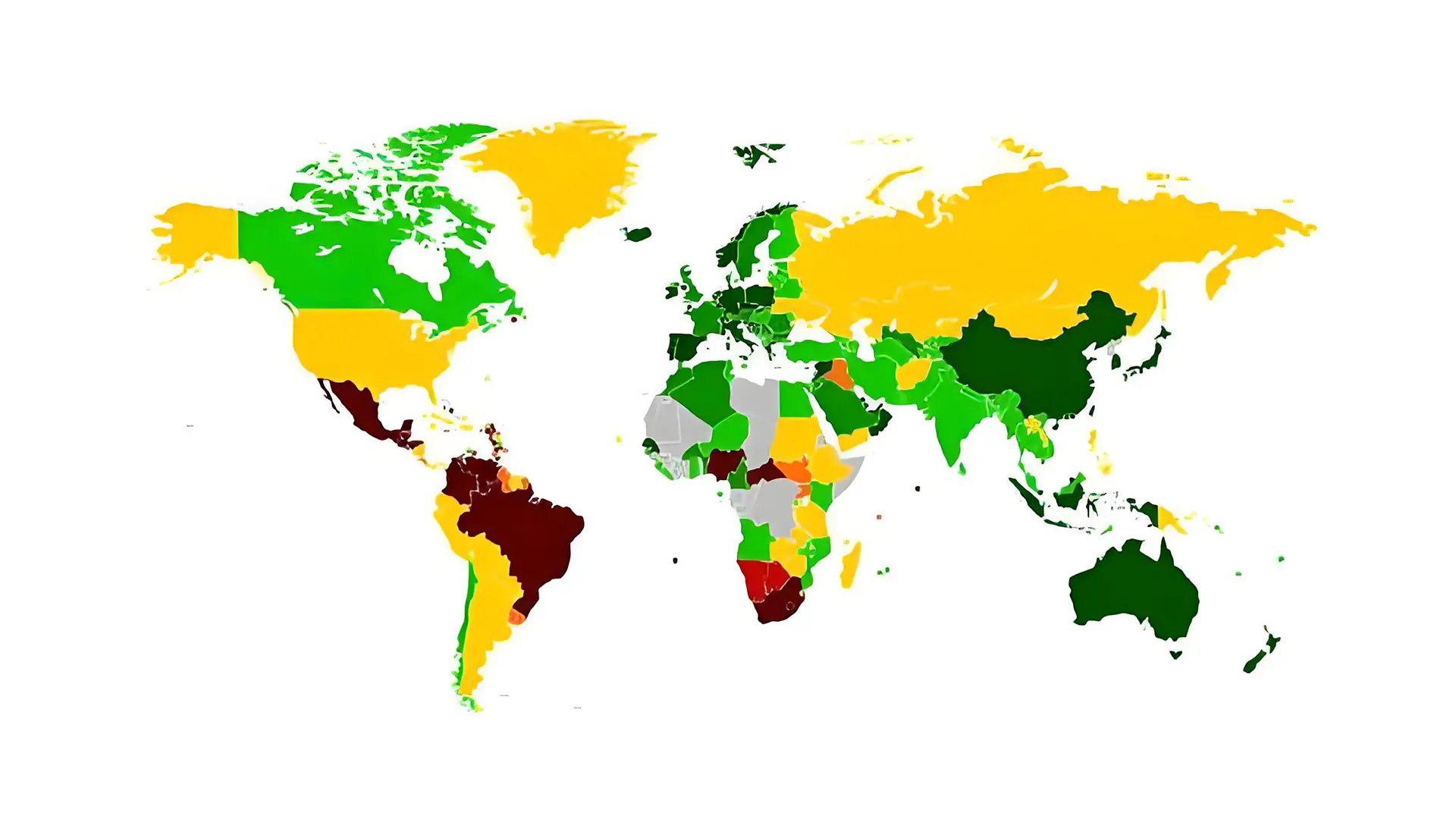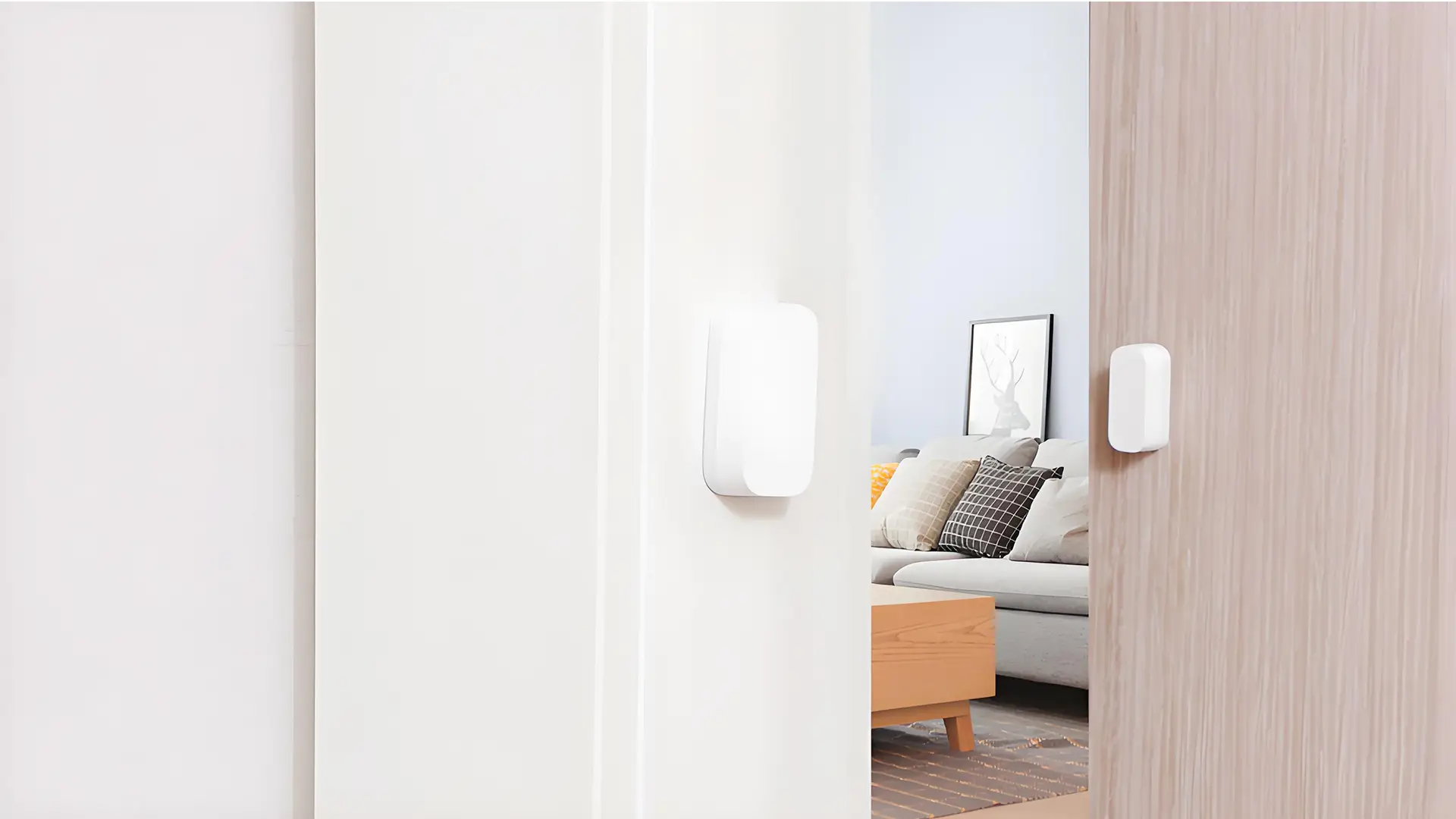The Internet of Things (IoT) has changed the way we interact with technology, especially in the field of smart home security. As IoT devices become increasingly common in daily life, ensuring reliable and efficient connections has become crucial. Narrowband Internet of Things (NB-IoT) is a communication technology specifically designed for IoT communication, aimed at meeting the needs of IoT applications that require remote communication, energy efficiency, and low cost. NB-IoT indoor sensor is currently one of the most promising indoor sensors, which can provide reliable and real-time door movement information through NB-IoT technology, making our house changes safer. Let’s delve into NB-IoT sensors and how to protect indoor safety.
What is NB–IoT and How Does It Work?
NB-IoT is a low-power wide area network (LPWAN) technology that enables information exchange through cellular communication, providing efficient communication for IoT devices. Unlike traditional IoT connection options such as Wi-Fi or Bluetooth, NB-IoT can directly connect to the network and has low power consumption and long transmission distances.
The main features of NB-IoT include:
Low power consumption: NB-IoT devices have low power consumption, and their battery life is generally several years.
Remote Connection: NB-IoT has a long propagation distance and can establish effective connections even in remote areas.
Scalability: NB-IoT supports a large number of device connections, making it an ideal choice for smart cities and industrial IoT.
The characteristics of NB-IoT make it an excellent choice for communication technology for door sensors.
What is NB–IoT Door Sensor?
NB-IoT door sensors are intelligent devices that detect and monitor door activity, and use NB-IoT technology to transmit information to the backend. The NB-IoT door sensor consists of the following parts:
Detection module: This module contains magnetic or motion sensors inside to monitor the opening and closing of doors.
NB-IoT communication module: transmits the information of opening or closing the door to the website and the user.
Battery and microcontroller unit: provides energy and control system for door sensors.
NB-IoT door sensors are widely used in various environments, including homes, offices, warehouses, and public buildings, providing a powerful solution for illegal intrusion monitoring.

Advantages of NB-IoT Door Sensors
NB-IoT door sensors have several advantages over traditional smart sensors, making them a game changer for security applications.
Low Power Consumption and Long Standby Time
The NB-IoT door sensor adopts a low-power design, which greatly extends the service life of the product. The standby time of NB-IoT door sensors can reach more than 1 year, which reduces the frequency of battery replacement and lowers maintenance costs.
Efficient Monitoring and Real-time Alarm
NB-IoT door sensors use the principle of magnetic spring induction to quickly distinguish the opening and closing status of doors and windows, and transmit signals in real time to the management platform through NB-IoT to ensure the real-time and accuracy of data.
Various Alarm Methods
NB-IoT door sensors can send alarm information to users through various methods such as mobile phone push notifications, PC management platforms, network SMS, etc. Sending information in multiple ways can improve the fault tolerance of information arrival.
Easy Installation and Strong Compatibility
Users can install according to the manual without the need for professional technical guidance. NB-IoT door sensors use wireless transmission, no wiring required, and installation is very simple. NB-IoT door sensors support multiple IoT protocols and can easily interface with various smart home systems.
Wide Coverage and Massive Connectivity
Compared to traditional GSM, NB-IoT technology provides a wider coverage area, with up to 100000 connections per cell, making it possible for the large-scale application of NB-IoT door sensors.
High Security and Stability
NB-IoT technology inherits the security capabilities of 4G networks, supports bidirectional authentication and strict air interface encryption, ensuring the security of user data. Meanwhile, NB-IoT can provide telecom grade reliable access, effectively supporting IoT applications and smart city solutions.
Use Cases for NB-IoT Door Sensors
NB-IoT door sensors have a wide range of use cases, and the following are some key use cases:
Home Security Monitoring
Used to monitor the on/off status of home doors and windows. When the doors and windows are abnormally opened, real-time alarm information is sent to the user’s mobile phone through NB-IoT network to enhance home security protection.
Epidemic Isolation and Control
Install NB-IoT door sensors in epidemic isolation sites, such as isolation hotels and residential areas, to monitor the real-time opening and closing of doors and windows for isolated personnel, effectively reducing the cost of guarding epidemic prevention personnel and improving regulatory efficiency.
Smart Home Linkage
Integrate with smart home systems to achieve linkage between door and window status and other smart devices. For example, when the door is opened, it automatically turns on the lights or air conditioning, enhancing the intelligence and convenience of home life.
Store Anti-theft Measures
Applied to shops, corporate parks and other places, real-time monitoring of door and window status. Once there is abnormal opening, immediately notify the shop owner or management personnel to effectively prevent theft.
Special Place Monitoring
Places such as nursing homes, schools, hospitals, etc. use NB-IoT door sensors to monitor the status of doors and windows in real time, ensuring the safety of personnel and the normal operation of facilities, and improving management efficiency.
Challenges and Considerations
Although NB-IoT door sensors provide many benefits, there are still some challenges and considerations:
- Network availability: Although NB-IoT has a long transmission distance, its data transmission still requires base stations, which can affect its information transmission in areas not covered by base stations.
- Initial cost: The cost of NB-IoT devices will be relatively high, which is an important obstacle to the promotion of NB-IoT devices.
- Industry dispersion:Due to the widespread and dispersed application of the Internet of Things industry, NB-IoT door sensors need to adapt to the needs of different scenarios, which increases the complexity of product design and development.
- Security and Privacy:With the popularity of IoT applications, data security and user privacy have become important considerations. Manufacturers need to encrypt the data of door sensors and collect sensitive information from them.
Conclusion
NB-IoT smart door sensors represent a significant leap forward in intelligent security, providing reliable connectivity and long-lasting operation. Whether in homes, warehouses, or offices, these sensors can effectively protect our property and information.
With the continuous development of NB-IoT technology, the connection distance of NB-IoT will be farther and the stability will be better. Explore the potential of NB-IoT door sensors to take the first step towards a safer and smarter environment.







